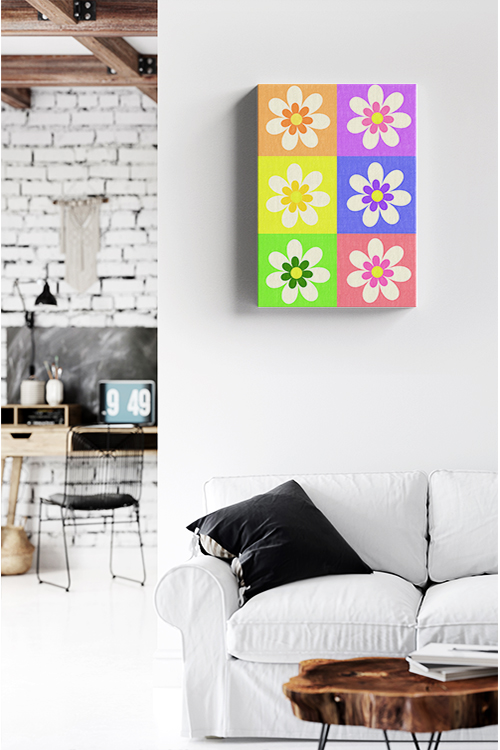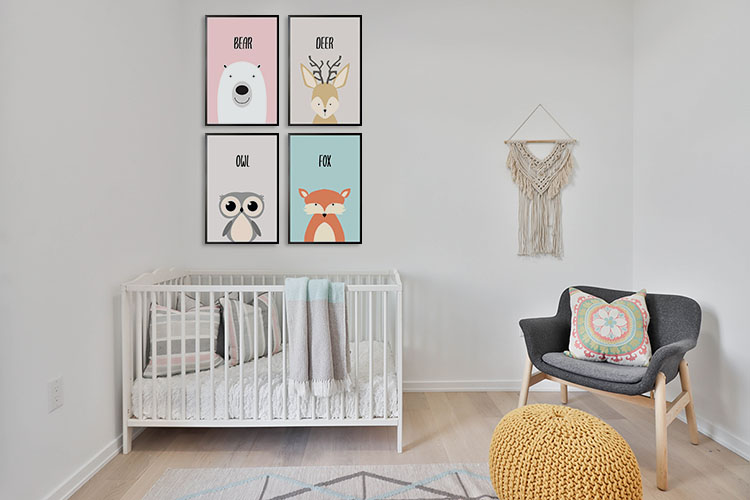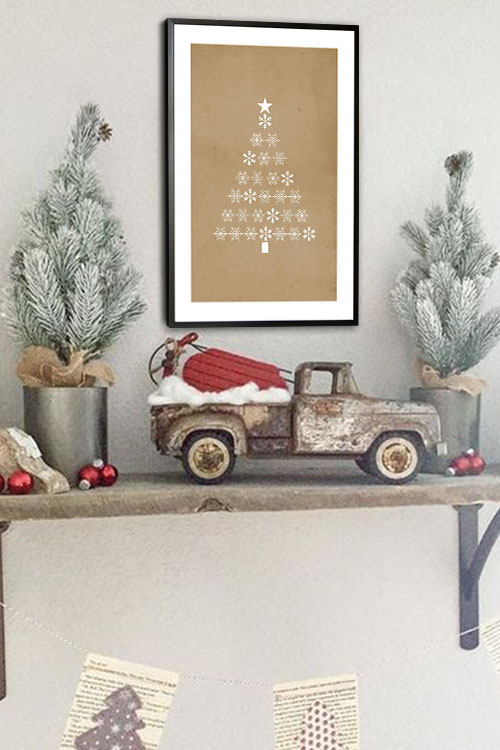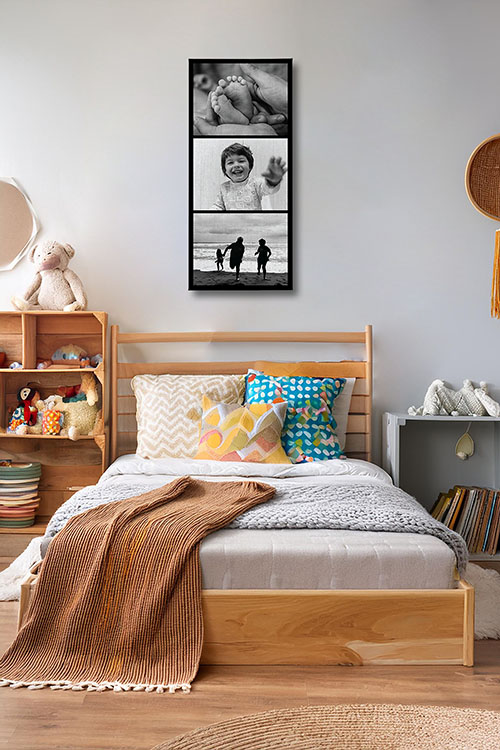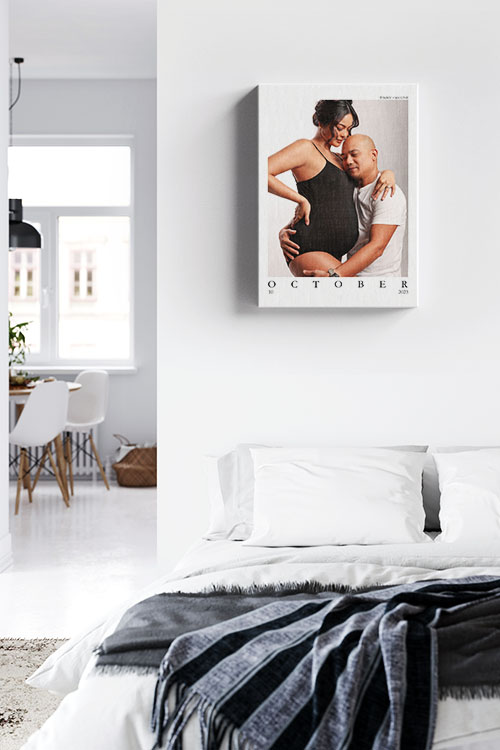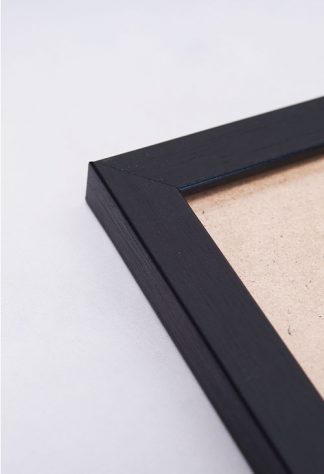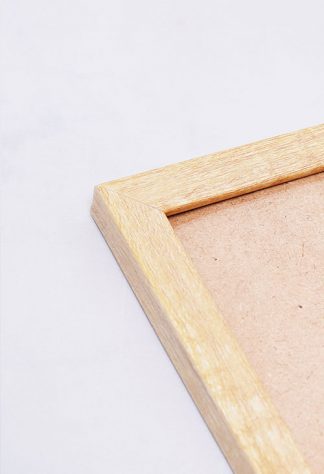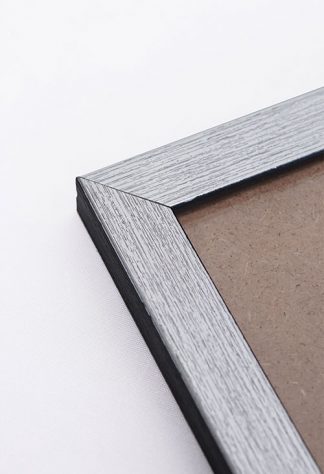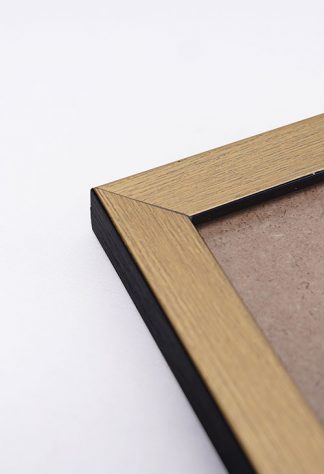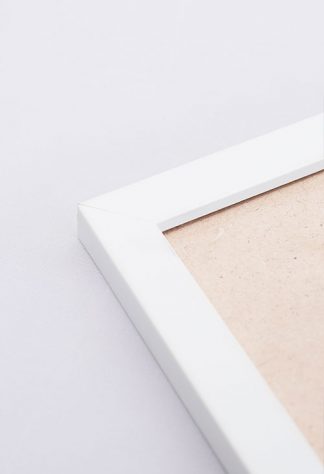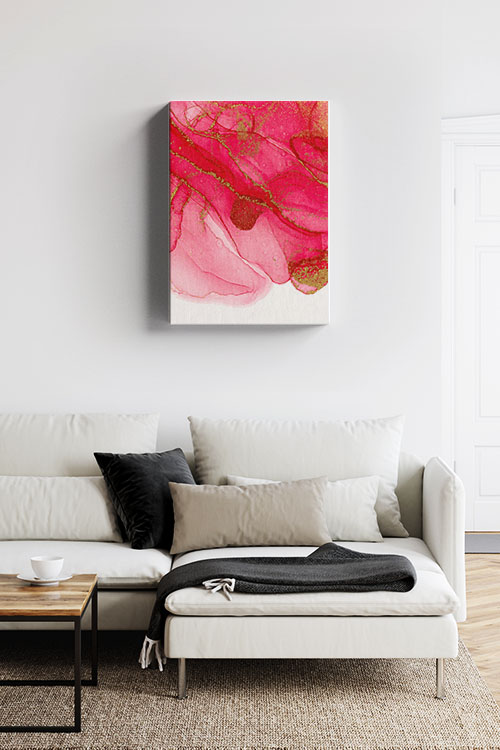
Our spaces greatly influence our mental, emotional, and physical well-being. Whether it’s your home, office, or personal sanctuary, the environment you create around yourself can affect your total well-being. Transforming your space can foster an atmosphere of positivity, creativity, and productivity, fundamentally improving your life.
The Power of Space
Your surroundings act as a mirror of your inner state. Cluttered, chaotic spaces often correlate with stress and lack of focus. On the other hand, organized and aesthetically pleasing environments can inspire clarity, calmness, and motivation. Studies have shown that well-designed spaces can reduce anxiety, improve sleep quality, and enhance creativity.
Taking control of your space sends a powerful signal to your mind that you value your well-being and are committed to making positive changes in your life. This act of transformation is about changing your surroundings and empowering yourself to shape your well-being.
Here are some tips to consider to transform your space for a better you:
Declutter and Simplify
Decluttering is a transformative step. Clutter creates visual and mental noise that can lead to feelings of overwhelm. Start by identifying items you no longer need or use. A helpful rule is the ‘one-year rule’: if you haven’t used it in the past year and it doesn’t hold significant sentimental value, it’s time to let it go. Donate, recycle, or discard items responsibly.
Remember, minimalism doesn’t mean stripping your space of personality. It’s about keeping what sparks joy and serves a purpose. Letting go can be therapeutic, paving the way for clarity and a renewed sense of purpose. So, as you declutter, embrace the sense of relief and renewal that comes with it.
Add Meaningful Elements
Once you’ve decluttered, it’s time to make your space yours. Introduce elements that bring joy, inspiration, and comfort. Personalize your space with meaningful decor like family photos, artwork, or trip souvenirs. These personal touches will beautify your space and make you feel more connected and at home in your environment.
Lighting also plays a crucial role in shaping a space’s ambiance. Choose natural light whenever possible, as it can improve mood, increase productivity, and even enhance the quality of your sleep. Add warm, adjustable lighting to create a cozy, inviting atmosphere.
Create Functional Zones
A well-organized space supports productivity and relaxation by clearly defining areas for specific purposes. In a home, this may also mean separating workspaces from relaxation zones. It could involve creating designated areas for brainstorming meetings and focus tasks in an office.
Invest in ergonomic furniture and storage solutions to maximize comfort and efficiency. Maintaining a clean and organized environment becomes effortless when everything has its place.
Reflect Your Personality
Your space should genuinely reflect your personality and aspirations. Choose colors, textures, and design elements that resonate with you. Let your space tell your story, whether it’s a bold accent wall in your favorite color, a statement piece of furniture with sentimental value, or a collection of books that inspire you. These personal touches can make your space feel more like home.
The Life-Changing Impact
The benefits of transforming your space extend far beyond aesthetics. A thoughtfully designed environment can foster mental clarity, emotional balance, and better physical health. It creates a foundation for habits that support personal and professional growth.
Ultimately, your space is a canvas for self-expression and a powerful tool for transformation. By aligning it with your values and goals, you can create a sanctuary that inspires you to live your best life. Remember, transforming your space isn’t just about changing how it looks. It is about shaping the way it makes you feel.


